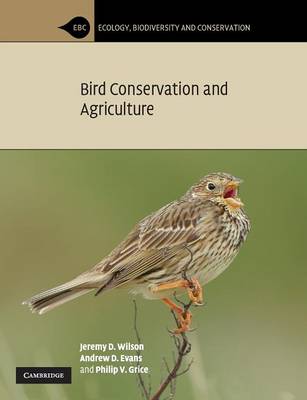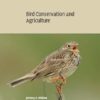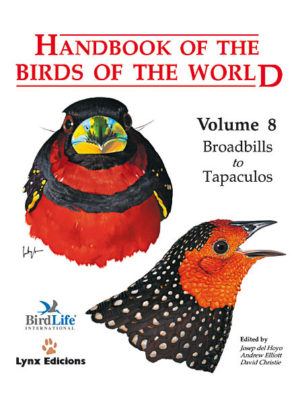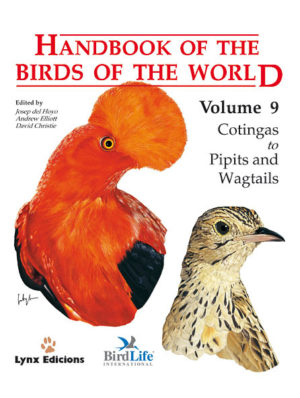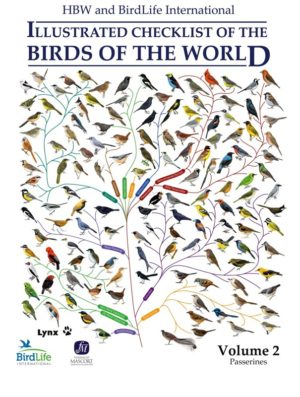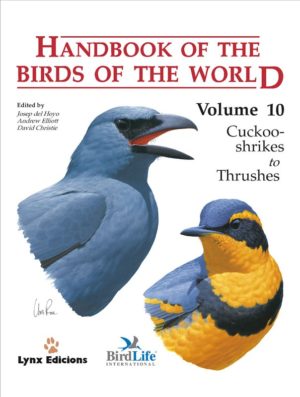| Forlagets omtale |
Writing for researchers, professionals and graduate students, the authors summarize the collapse of populations of many farmland bird species in the 20th century, one of the biggest conservation problems of the day. They firstly set the historical context of change in agriculture and bird communities since the 18th century, and introduce the bird communities of agricultural land today. They then provide an overview of this very active area of applied conservation science, including in-depth case studies of 16 species that, taken together, illustrate the many ways that agricultural intensification has affected bird populations. Moreover, they show how this evidence base, coupled with recent greening of agriculture policy, has provided opportunities to manage agricultural land to better integrate the needs of food production and bird conservation. They conclude by looking forward to challenges that the conservation of bird populations on agricultural land is likely to face in the near future.
o Richly illustrated with photographs and line drawings, with in-depth case studies of 16 different bird species o Covers both semi-natural habitats, such as moorland, heathland and downland, and more intensively-farmed land, breaking the traditional mould of treating them separately o State-of-the-art account of one of the biggest conservation problems of today, as grain prices have trebled in the last three years in resposne to global demand
Contents
Introduction: birds and agriculture in Britain;
1. The history of agriculture in Britain; Part I. The Habitats and Their Birds:
2. The field;
3. The field boundary;
4. Semi-natural heathlands and grasslands; Part II. Trends and Patterns:
5. Bird population trends;
6. Patterns of association between agricultural change and wildlife populations; Part III. The Effects of Agricultural Change on Birds:
7. Large-scale studies of abundance, distribution and demograph;
8. Species case studies;
9. Studies of changing agricultural practice;
10. What future for birds and agriculture in Britain?
Bird Conservation and Agriculture
Populations of many species of farmland birds in Britain collapsed during the 20th century, creating one of the biggest conservation problems of the day and sparking a wave of research to find out why this happened, and devise practical solutions. This book summarises this story, exploring relationships between bird populations and agricultural land management. The first part of the book sets the historical context of change in agriculture and bird communities since the 18th century, and introduces the bird communities of agricultural land today. The second part provides an overview of this very active area of applied conservation science, including in-depth case studies of 16 species that have been the subject of detailed research effort and that, taken together, illustrate the many ways that agricultural intensification has affected bird populations. The last part shows how this evidence base, coupled with recent greening of agriculture policy, has provided opportunities to manage agricultural land to better integrate the needs of food production and bird conservation. The book concludes with a look forward to challenges that the conservation of bird populations on agricultural land is likely to face in the near future.
JEREMY D. WILSON has worked on the ecology of birds in agricultural systems since 1991, first at the British Trust for Ornithology and then at Oxford University. He joined RSPB in 1996 and is now Head of Research for RSPB Scotland. He is an Editor for the British Ornithologists’ Union journal Ibis, and an Associate Editor for the British Ecological Society’s Journal of Applied Ecology.
ANDREW D. EVANS joined the RSPB as a field biologist in 1988, studying the reasons behind the near extinction of the cirl bunting in the UK. This put him at the forefront of the unfolding story of bird population declines as a result of agricultural intensification. He is currently Head of Species Recovery at the RSPB.
PHILIP V. GRICE has worked professionally as an ornithologist in the government’s nature conservation bodies since 1991, and is now a Senior Specialist in ornithology at Natural England. He has worked on a broad range of bird conservation issues but has become increasingly concerned with addressing the declines in farmland birds since the mid-1990s.
